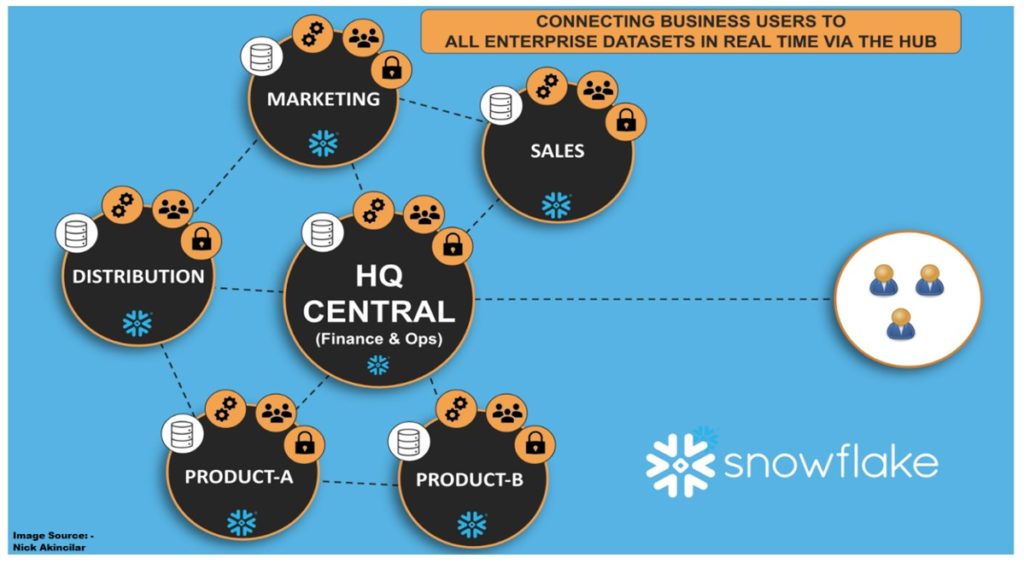We spoke with Technical Team Leader and Senior Software Engineer, Claudia Rostagnol about women in tech and more. Claudia is based in Uruguay and has been with our organization for three years, working exclusively for a client in the financial sector as a technical team lead. We talked about how the industry is performing for women in technology, and what trends all people in tech need to pay attention to.

Worldwide, women represent 40 percent of the workforce, and only 17 percent of the tech industry workforce comprises women. We operate out of Argentina and throughout Latin America, and according to data provided by Women in Technology, only 16 percent of the people from Argentina who enroll in degrees related to the tech industry are women. And further, only 14 percent of technical roles are filled by women.
Here are highlights from our conversation with Claudia:
What work are you doing for Valence LatAm?
I’ve been working with Valence LatAm’s client, Berxi, for almost 3 years as a technical team lead. Berxi serves the insurance industry, offering policies to small businesses and professionals.
Our goal with Berxi is to migrate a monolithic system into a microservices architecture, while we keep everything working and also adding new features or products. I work with developers to help them build software; with the business analyst and product owner to identify requirements and manage the work; with the architect to define the architecture and design of the software pieces (microservices with a well-defined API – REST and event-driven,) and with the QA team to coordinate testing in different environments and bug fixing with the development team. My role is very dynamic and interesting!
How did you get started in technology?
I became interested in technology when I was just a small 8 year-old-girl in Uruguay, with a kid-friendly programming language called “Logo”. With Logo, I could program the movements of a turtle moving on the screen with very simple instructions. I’ve been interested in computers and programming ever since.
I studied software programming throughout elementary school, mid-school, and high school. Then I found it very natural to go to the Engineering Faculty to become a Computer Science Engineer.
When I finished my engineering degree, I met a few colleagues during an internship in France. One of them became my husband, Daniel De Vera, and another is Pablo Rodriguez-Bocca, who became my master’s degree tutor. We co-founded a small start-up called GoalBit Solutions and worked together for 6 years. I learned and grew a lot (academically and professionally) during that time!

What can you tell us about the people who paved the way for you? How did mentors factor into your success?
I need to recognize my family, especially my parents! They always support me even if they don’t understand this technical world.
My husband helped to pave the way for me to find opportunities at a US company named Vidillion where I started as a Senior Software Engineer. Their CTO at that time, Steve Popper, was a great mentor as well as a very kind person. He taught me a lot about technology and about remote work and the US tech industry. We continue being friends, even living 10.000 km far from each other. Thanks to Steve, I became more confident in my skills and language.
Let’s talk about what’s around the corner in technology. What trends are you seeing?
AI is used more every day and for everything. I’ve been interested in AI throughout my career. It is a very powerful tool, and we need to think about how to use it well. There is a trend toward responsible AI, which is a good thing.
Also, everything happens in the cloud now. Cloud computing powers everything, including our PCs and mobile phones, and everybody is connected and storing/publishing things on the Internet. So, I think there’s a lot happening there: social networks, crypto, mobile apps for everything, remote education, etc.
What tech does the world need now more than ever?
Data Management and Security – When we share our information, thoughts, pictures, videos, and interests, on the internet, we generate data that may be processed and analyzed in different ways and for different purposes like marketing, sales, and connectivity. All this data can be helpful, and at the same time, it can be dangerous if it is not correctly managed and used. We are sharing a lot of information, which can potentially be made public if it’s not protected. I support the call for additional security and regulations.
Cradle-to-cradle hardware manufacturing – The exponential increase in the use of technology is generating technical waste and digital trash. We frequently discard devices to have the latest or more powerful model and that trash is not biodegradable or easily recyclable. The world needs a clear policy on what to do with all that trash.

Let’s talk about how to improve tech for women. Do you think tech is changing for women?
Tech is changing for women in the sense that we are more accepted now, but we are far from an equitable system, and it is not changing fast enough. I see too many conferences and events about technology where most of the participants or speakers are men. Men are still accessing higher roles and salaries than women. Paternity and maternity leaves are not equal for men and women.
We need a cultural change in the tech industry, which will take time. But we are making progress. It means a lot to me when I see how our company supports women in tech with events like FemIT, and technical webinars where the speakers are women, and even interviews like this.
Several other companies also have internal initiatives to recognize women’s work and to treat us equally to men. However, I still see too many differences in the number of women being promoted to important roles, or the salary we receive for the same role, especially in LATAM.
I still hear stories about women being asked if they are planning to have children as part of their interview process with other organizations. Women are asked invasive questions that men aren’t asked, and that needs to stop. Thankfully our recruiting team and processes are invested in supporting women in tech.
One thing I like in my country (Uruguay) is that the government provides all kids attending public schools with a laptop when they start school. So boys and girls have the same access to technology at home and school. However, we still have cultural/social messages with gendered toys or games that can falsely signal to girls that boys are better than girls for some things and vice versa.
What is the one thing you wish people knew to support women in technology?
People need to know that women are equally capable if we have equal support and opportunities. We have more than technical skills to add to this technical world. We must continue encouraging girls to get involved in tech and science through messages and experiences at home, at school, and in our communities.
Women need mentors and advocates, including men and women. I wish more people understood how much they can change a woman’s life by helping them to grow in this field.
What’s one piece of advice that you’d like to share with anyone reading?
Women are not better or worse at technical jobs. It is just a matter of learning, practicing, and being supported by other industry leaders.
We need to continue working on a more profound social change that makes the world more equitable for women who want to work in technology!

Additional resources:

















